Blog
Mastering Antenna Structures and Design

Antenna structures are fundamental components in telecommunications, playing a crucial role in signal transmission and reception. Understanding the design and functionality of these structures is essential for optimizing network performance. In this blog post, we’ll delve into the essentials of antenna structures and design, highlighting their importance in modern telecom networks.
Body: Antenna structures are designed to transmit and receive electromagnetic waves, serving as the backbone of wireless communication systems. These structures come in various shapes and sizes, each tailored to specific applications and environmental conditions. The design and placement of antennas significantly impact network coverage, capacity, and overall performance.
Key Benefits:
- Enhanced Signal Quality: Properly designed antennas minimize signal loss and interference, ensuring clear and reliable communication.
- Increased Coverage: Optimized antenna placement extends network reach, providing better coverage in both urban and rural areas.
- Improved Capacity: Advanced antenna designs support higher data rates and larger user volumes, meeting the demands of modern networks.
- Scalability: Antenna structures can be adapted to accommodate future network expansions and technological advancements.
Types of Antenna Structures:
- Monopole Antennas: Simple and cost-effective, ideal for basic communication needs.
- Dipole Antennas: Commonly used for broadcast applications, offering balanced performance.
- Parabolic Antennas: Highly directional, used for long-range communication and satellite links.
- Microstrip Antennas: Compact and versatile, suitable for various modern applications.
Use Cases:
- Urban Networks: Essential for providing high-quality coverage in densely populated areas.
- Rural Connectivity: Helps bridge the digital divide by extending network reach to remote regions.
- Enterprise Solutions: Supports robust and reliable communication for large-scale enterprise networks.
Conclusion: Mastering the design and implementation of antenna structures is key to enhancing network performance and connectivity. By understanding the principles of antenna design, telecom engineers can ensure optimal signal quality and network efficiency.
One thought on “Mastering Antenna Structures and Design”
Leave a Reply
You must be logged in to post a comment.

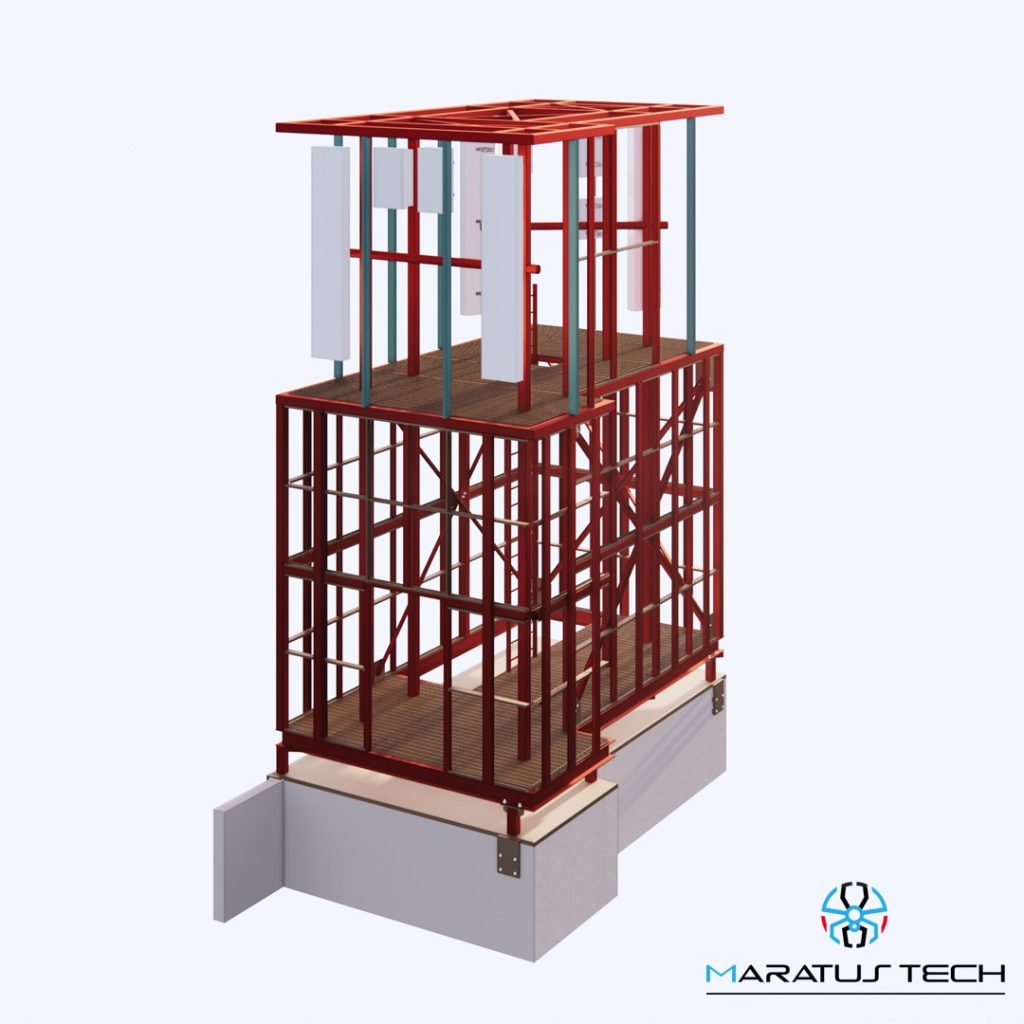
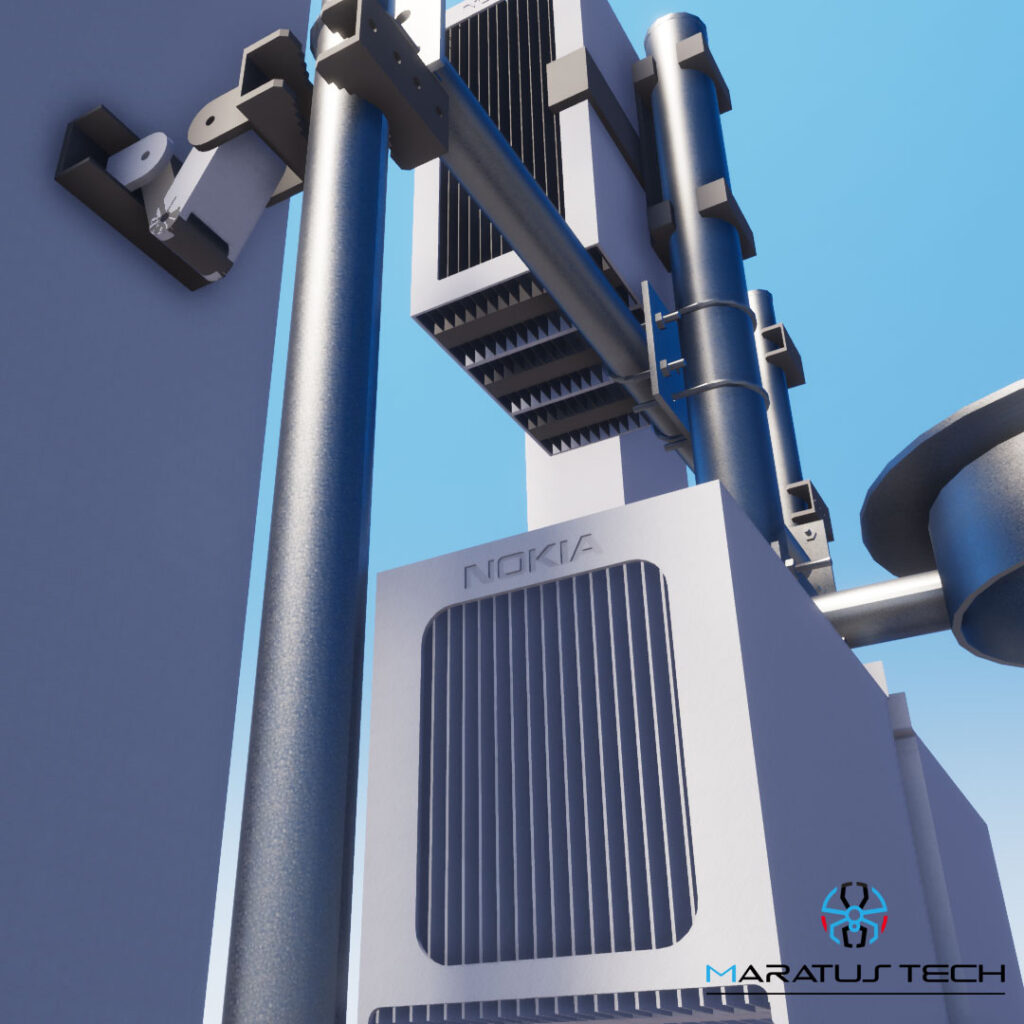
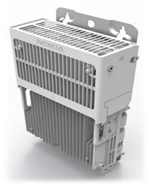

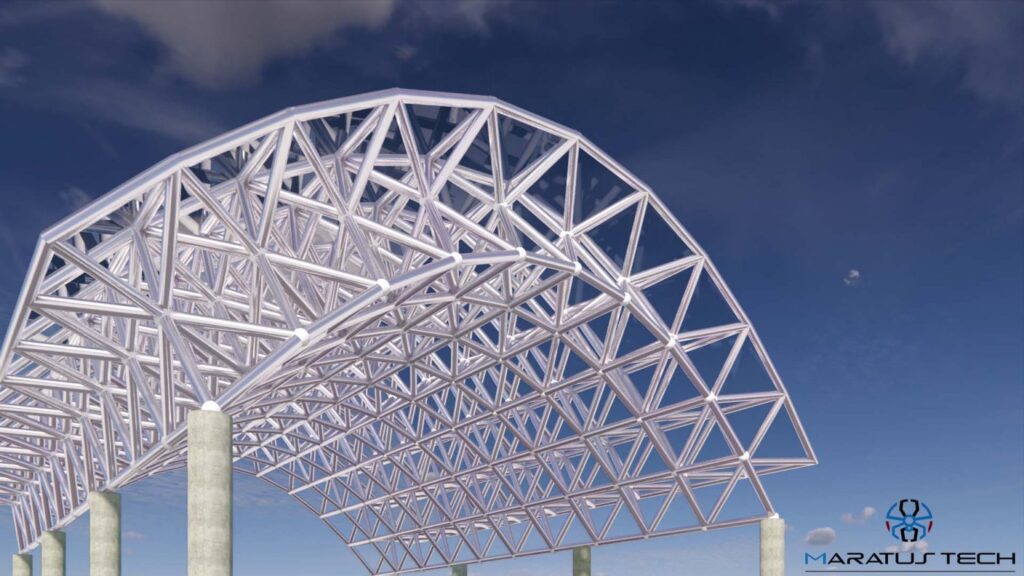
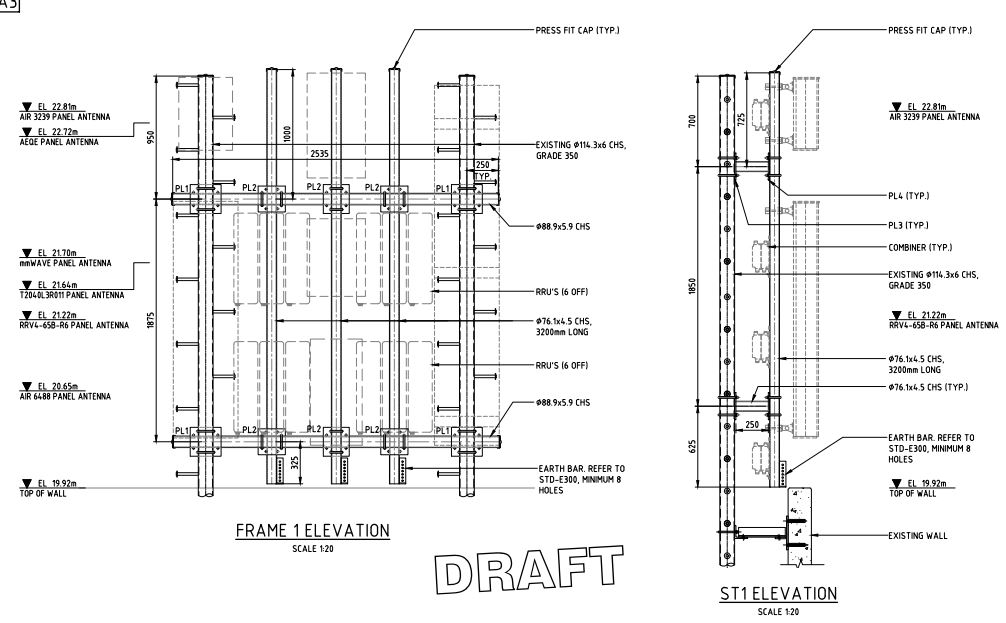
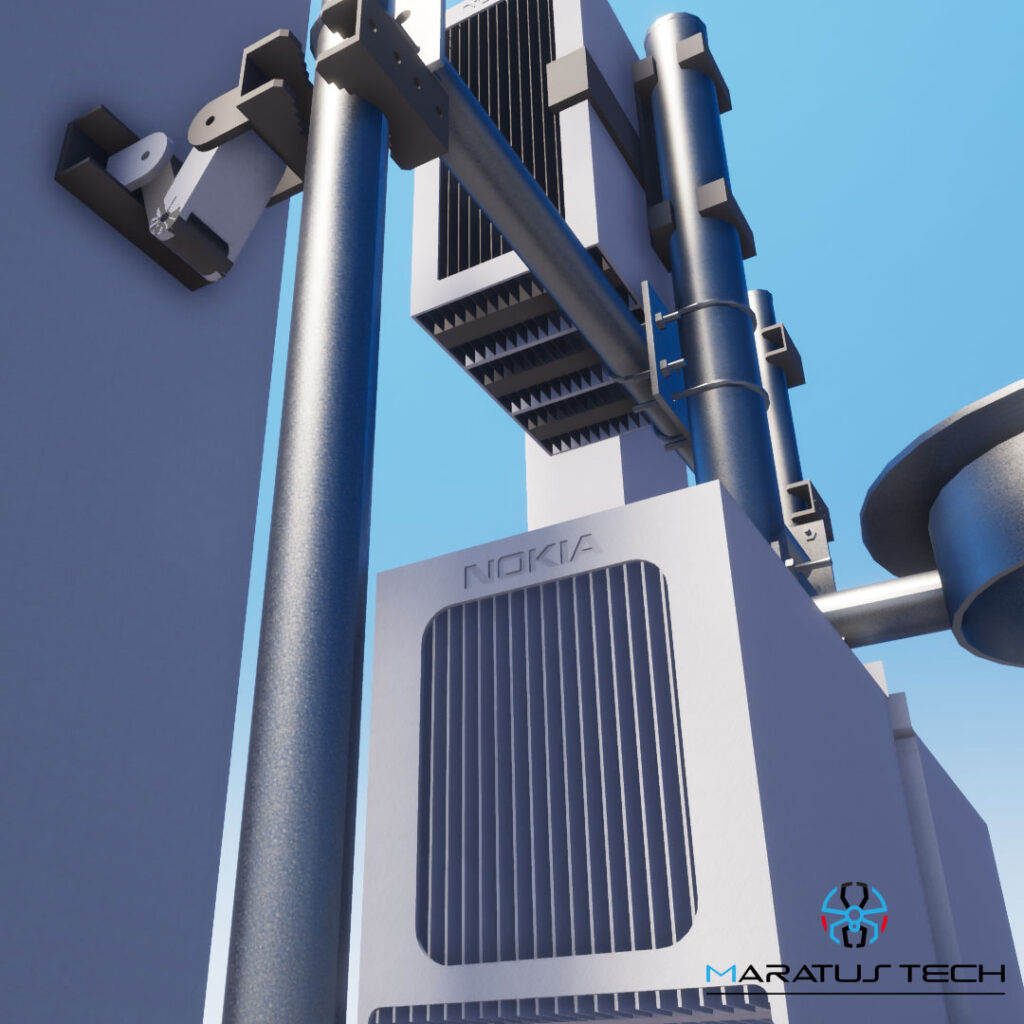


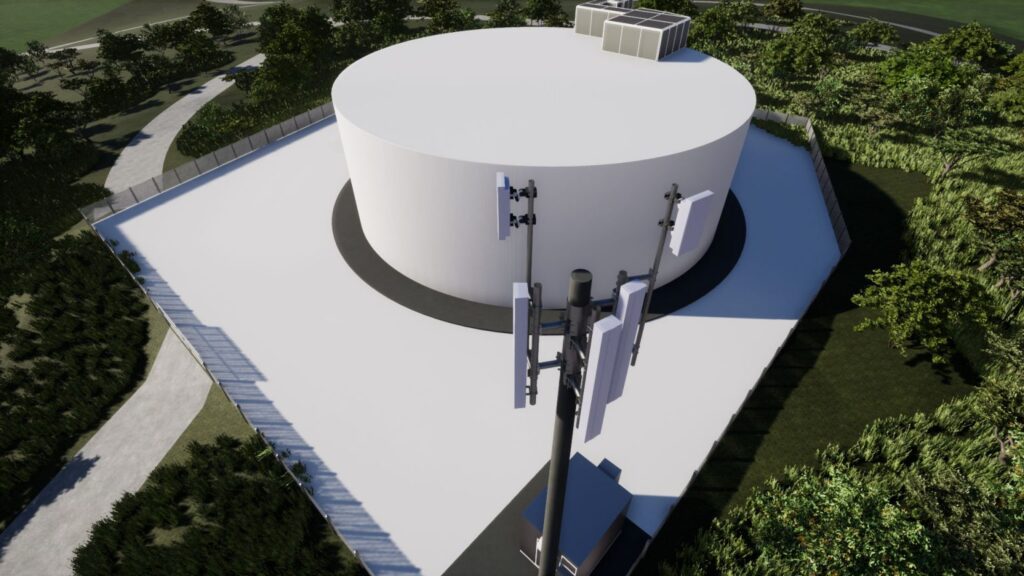
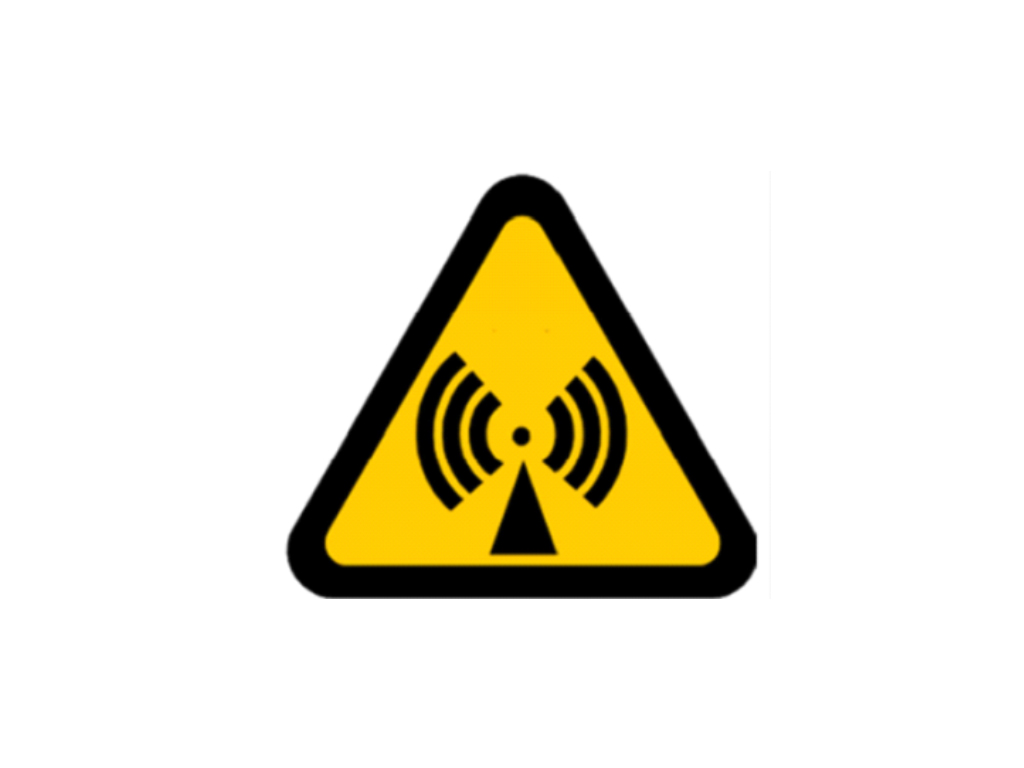
Way cool! Some very valid points! I appreciate you penning this post plus the rest of the site is also really good. Dorian Kit Inga